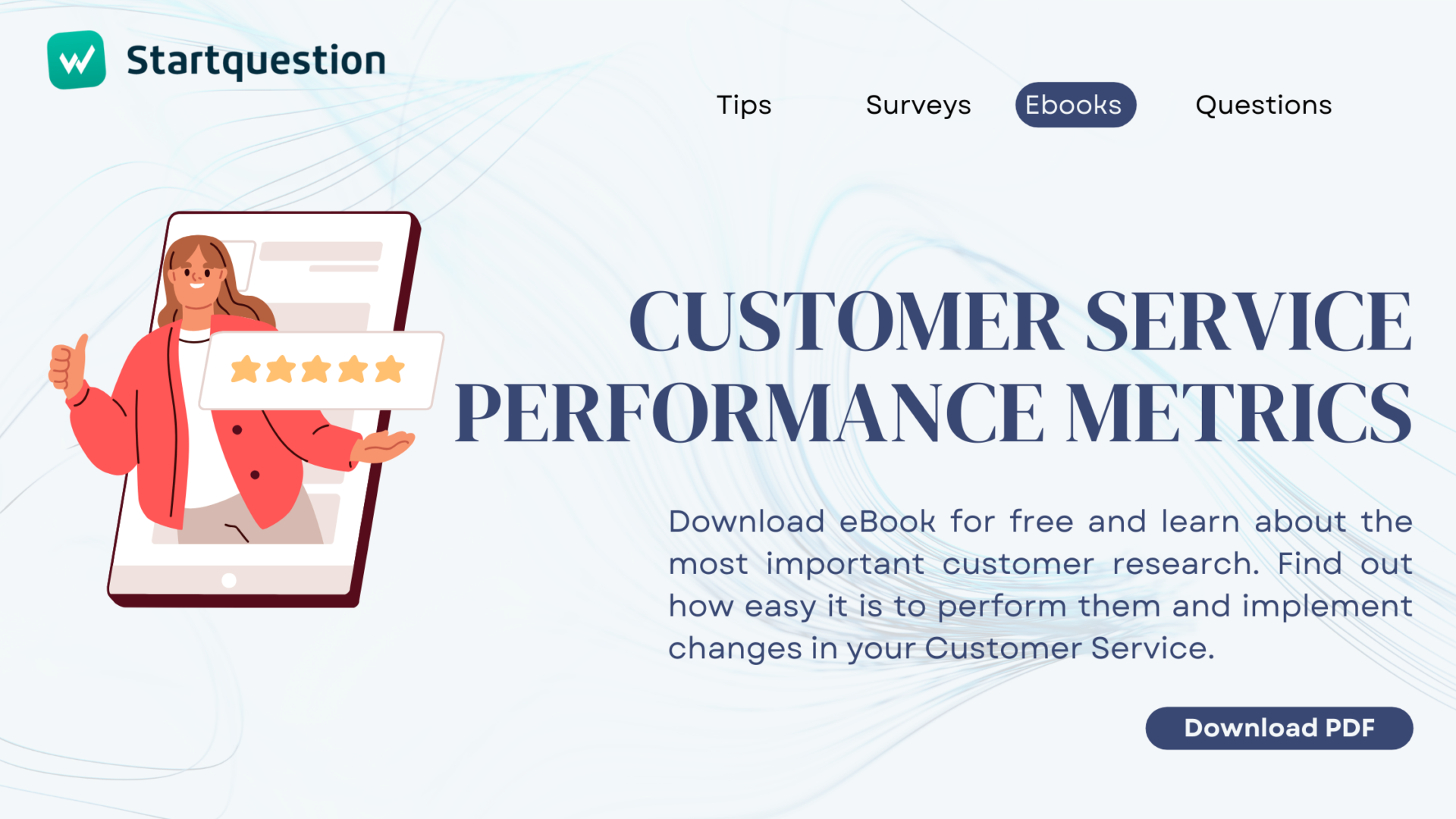We bet that each of you reading this entry receives at least several dozen emails a day. I take into account both private and business correspondence. In addition to the mail from senders who we would call “personal” (friends or colleagues), you also certainly receive a lot of correspondence from various companies or institutions: newsletters, advertisements, discount coupons and so on. The people you want to send your questionnaire to by email are in exactly the same situation: they receive a large number of different email correspondence every day. Invitation to participate in a survey
From their point of view, the invitation to participate in a study is just another email they receive that day. As a consequence, there is a significant risk that they will ignore the invitation to participate in the study. Sometimes because they just don’t notice it, because they notice but don’t read it, sometimes they read it but don’t fully understand it, and other times because they consciously give up the opportunity to participate… How to deal with these cognitive filters that prevent respondents from clicking on links leading to surveys? The only tool we have is an effective and persuasive invitation. How it should look – below you can find my recommendations.
Startquestion is a survey software
Gather feedback via weblink, social media, email, and more.
No credit card required · Cancel any time · GDRP Compilant
The invitation should be engaging
This means that it should include content that the respondent will most likely find important. It can be achieved, for example, in the following three ways:
- you can refer to important values: such as health (on average, respondents are over 2 times more likely to click on invitations in which the topic of health appears) or money (contrary to appearances, people like, especially anonymously, to comment on financial topics).
- you can try to draw attention of the respondent by informing them that thanks to taking part in the survey they will learn something new about themselves or their surroundings. It may slightly resemble the popular Facebook quizzes, such as: “check what type of supermarket customer you are”. It may sound a bit trivial and some researchers will find that it does not correspond to the “seriousness of the study”, but I do not agree with it. The invitation is supposed to work – that is, to engage the respondent, instead of matching any ideas or expectations.
- it is also worth to “get closer to the respondent” emotionally, informing them that participation in the survey may have an impact on their life, e.g. by emphasizing that it related to a product category that they willingly and often buys, or a subject that may have an impact on the most urgent investments in their town, etc.
Of course, in real marketing practice, it is often difficult to find extremely engaging topics. Nevertheless, each topic can be presented in a more or less interesting way: let’s compare two such invitations:
A. Assess selected hypothetical offers of mobile operators and indicate which tariff solutions are potentially the most beneficial for you.
B. Share your opinion about your mobile operator, evaluate its new ideas and solutions. Have an impact on your operator’s new offer!
Do you agree there is a difference?
The invitation should outline the researcher and the purpose of the study
Such an invitation should include information for the respondent about who we are and what are the reasons for contacting them. It is important specifically because the invitation should stand out from any form of online sales or advertisement. Therefore, it is necessary for the invitation to include the name of the company carrying out the survey, e.g. “XYZ independent opinion research center” and information about what you expect from the respondent, e.g. new products that may appear on the market soon”.
The invitation to an online survey should be as short and transparent as possible.
We live in an image-based culture and long text often discourages potential respondents from reading the invitation carefully. Therefore, it should be as short as possible, not exceeding 2-3 paragraphs. In addition, it should be written in correct and understandable language – free from industry-specific slogans, technical language, or excessively “scientific” language. Also, avoid abbreviations of names of institutions or offices. Recently, the mysterious “ZIKIT” invited me to take part in research – Google allowed me to discover that it was about the Municipal Infrastructure and Transport Authority in Krakow…
The survey invitation must contain information about the length of the survey.
Of course, the shorter the survey is, the better. Respondents are much more likely to click on an invitation to a survey lasting 3 minutes than one lasting 15. However, please note that it is not profitable to mislead the respondents and write that the survey will last e.g. 7 minutes if we know it will take 15. This way you will only irritate the respondent and you can assume with a high probability that they will close the survey before reaching the end. Of course, the time to complete the questionnaire that we give in the invitation is an approximation – in fact, it is a very individual parameter. One respondent may take 3 minutes while another may take twice as long.
Notify the respondents that the study will be anonymous.
It is worth mentioning in the invitation that the survey is anonymous. The respondent does not need to specify their name anywhere. Just keep in mind that consumers are becoming more and more aware that online anonymity does not really exist. After all, if someone knows my email address and it contains my surname, where is the anonymity? This situation often occurs also in the case of interviews conducted by the employer with the company’s employees. Here, concerns about whether the actual answers provided will not be associated with individual persons are very common. Therefore, I recommend that, instead of anonymity, write about the confidentiality of the answers provided and that they will be used in the form of a collective report.
Information about the benefits for the respondent.
It is also a good idea to mention in the invitation what the respondent will receive in return for participating in the survey. If you conduct research through an online panel, points are usually the reward: then you can provide information on the number of points that will be awarded for participation in the survey. If you provide for a different type of remuneration, you should also inform about it. Here, however, it is worth remembering two things: firstly, it is better to always predict many small prizes with a high probability of winning them than just one, even of very high value. Secondly, very expensive awards raise doubts among respondents. “Win an iPad or iPhone” messages
are often counter-effective: they raise more doubts as to whether this is a truly reliable study than they provide benefits in the form of increased willingness to participate. An interesting method of rewarding worth considering is sharing the survey results with the respondent. For example, in return for participation, you can offer to send some selected information from the report to the respondent. People are really curious to know what happens to their responses and how they are used!
Taking advantage of an existing relationship.
A good idea, at least in some types of projects, is to refer to the bond between the respondent and the subject of the study. It is very eagerly used by the media, for example, asking for an opinion on themselves, arguing that it will make their content better suited to the needs of readers or viewers. People who watch a TV channel or read articles on some internet portal (for free) often feel obliged to take part in an opinion poll. A similar mechanism sometimes works in the case of online shops that invite you to research opinions with messages such as “evaluate your purchase in our shop, and the next one will be even more satisfying”. If you are in this kind of position towards your respondents, it is worth taking advantage of the existing relationship in the invitation.
Use ready-made survey templates for your research
To conclude: when formulating an invitation to participate in an online survey, remember that it should:
- be interesting!!! prepared so that you feel like you want to take part in it yourself ☺
- short, understandable and formulated using correct language
- present the purpose of the study and the entity conducting it
- contain information about the length of the survey
- contain an assurance of the confidentiality or anonymity of the responses
- present the benefits that the respondent will gain from participating in the survey
Follow the rules above and the response rate curve in your surveys will undoubtedly jump. Good luck!
Tomasz Dulinicz
the author is a marketing researcher, co-founder of the Smartscope research agency
contact: tomasz.dulinicz@smartscope.pl




